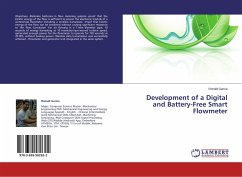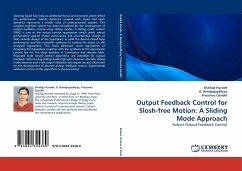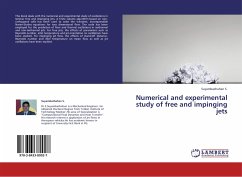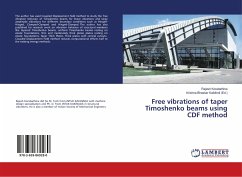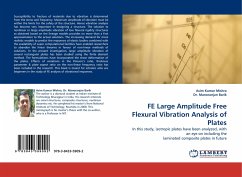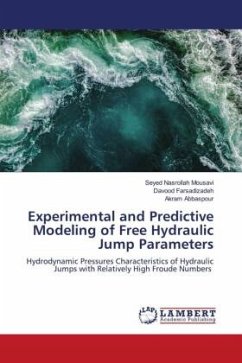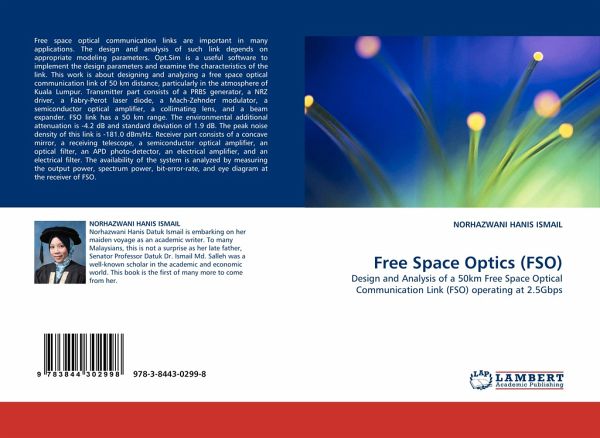
Free Space Optics (FSO)
Design and Analysis of a 50km Free Space Optical Communication Link (FSO) operating at 2.5Gbps
Versandkostenfrei!
Versandfertig in 6-10 Tagen
32,99 €
inkl. MwSt.

PAYBACK Punkte
16 °P sammeln!
Free space optical communication links are important in many applications. The design and analysis of such link depends on appropriate modeling parameters. Opt.Sim is a useful software to implement the design parameters and examine the characteristics of the link. This work is about designing and analyzing a free space optical communication link of 50 km distance, particularly in the atmosphere of Kuala Lumpur. Transmitter part consists of a PRBS generator, a NRZ driver, a Fabry-Perot laser diode, a Mach-Zehnder modulator, a semiconductor optical amplifier, a collimating lens, and a beam expan...
Free space optical communication links are important in many applications. The design and analysis of such link depends on appropriate modeling parameters. Opt.Sim is a useful software to implement the design parameters and examine the characteristics of the link. This work is about designing and analyzing a free space optical communication link of 50 km distance, particularly in the atmosphere of Kuala Lumpur. Transmitter part consists of a PRBS generator, a NRZ driver, a Fabry-Perot laser diode, a Mach-Zehnder modulator, a semiconductor optical amplifier, a collimating lens, and a beam expander. FSO link has a 50 km range. The environmental additional attenuation is -4.2 dB and standard deviation of 1.9 dB. The peak noise density of this link is -181.0 dBm/Hz. Receiver part consists of a concave mirror, a receiving telescope, a semiconductor optical amplifier, an optical filter, an APD photo-detector, an electrical amplifier, and an electrical filter. The availability of the system is analyzed by measuring the output power, spectrum power, bit-error-rate, and eye diagram at the receiver of FSO.



